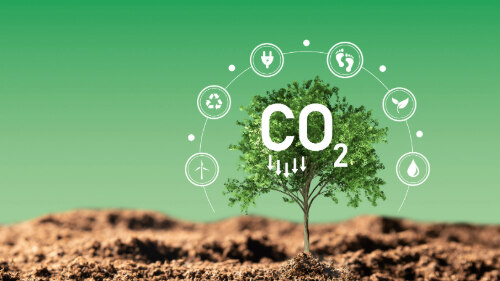India : Tata Power, one of India’s major integrated power companies, has had its near-term objectives validated by the Science Based Targets Initiative (SBTi). This recognition positions the company as the sole Indian Integrated Power entity with validated SBTi targets, aligning with the well-below 2°C trajectory. Tata Power aims to significantly reduce scope 1 GHG emissions by FY2037 from a FY2022 baseline and achieve a reduction in scope 1 and 3 GHG emissions from the generation of all sold electricity within the same timeframe.
The SBTi, a collaboration between CDP (Carbon Disclosure Project), the United Nations Global Compact (UNGC), the World Resources Institute (WRI), the World Wide Fund for Nature (WWF), and the We Mean Business Coalition, facilitates ambitious corporate climate action by assisting businesses and financial institutions worldwide in establishing science-based greenhouse gas emissions reduction targets.
Mr. Himal Tewari, CHRO and Chief Sustainability & CSR at Tata Power, remarked, “This validation of our near-term targets by the Science Based Targets Initiative marks an important milestone in our commitment to combat climate change and promote green power adoption. At Tata Power, we believe that aligning our emission reduction goals with science-based criteria is not only a responsibility but also a testament to our dedication towards a sustainable and resilient future for all.”
SBTi has rigorously validated the Company’s targets against the Near-Term Target Criteria and Recommendations. By adhering to science-based criteria, Tata Power aims to set an example and drive positive change in the industry and beyond, playing a crucial role in addressing the global climate crisis in line with its Sustainable is Attainable movement.
The Company pledged its commitment to SBTi in 2021 and has since made significant strides in providing round-the-clock clean and green solutions for its customers. As a trailblazer in the clean energy transition in India, Tata Power currently boasts 5,604 MW of clean energy generation, constituting 39% of its total capacity. The company has also committed to achieving carbon neutrality before 2045.
